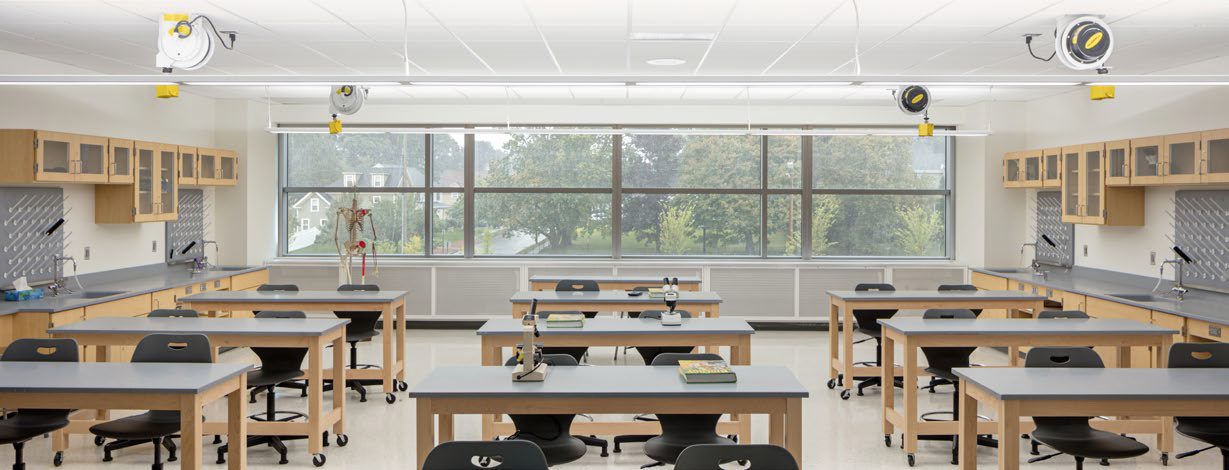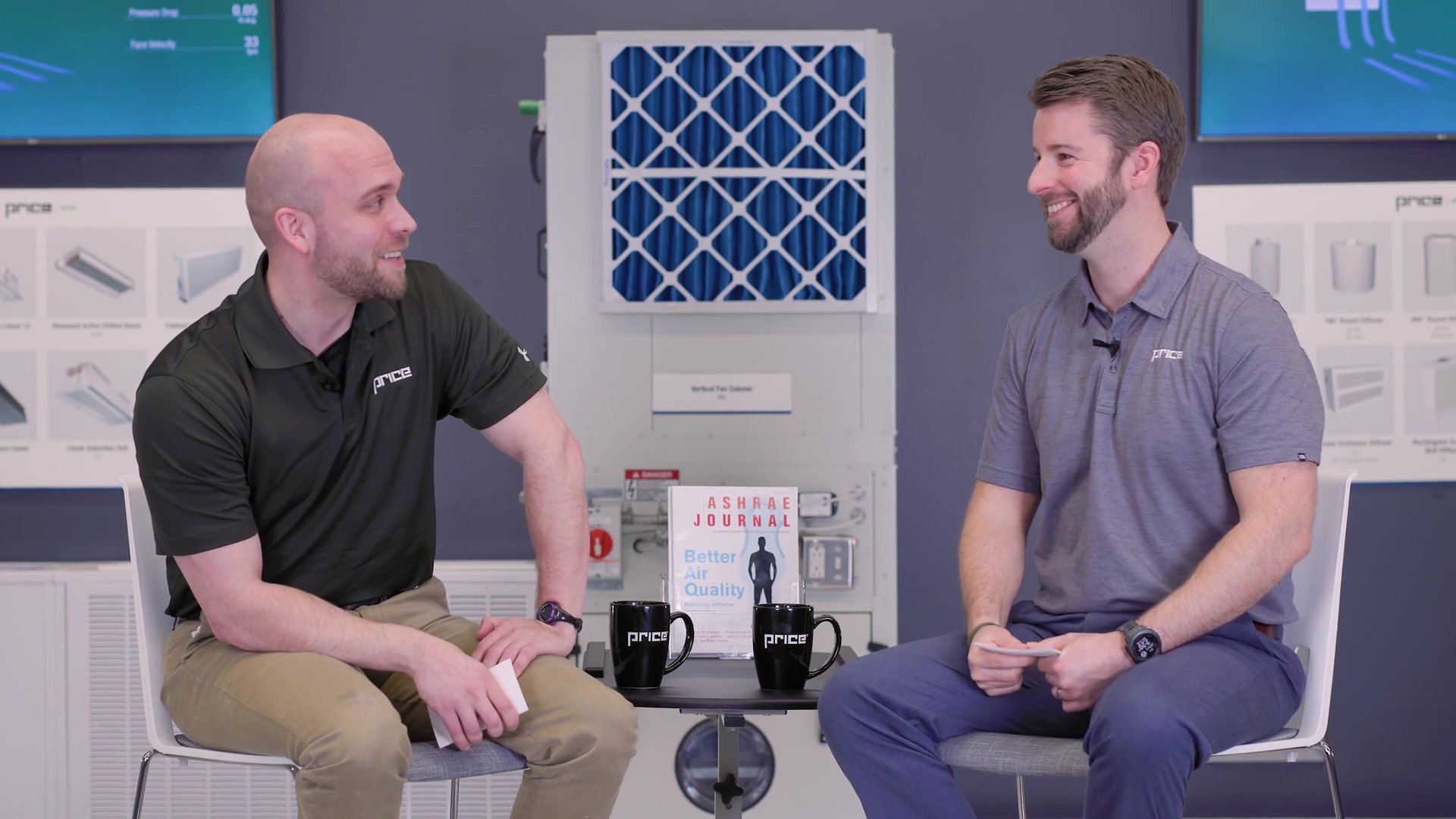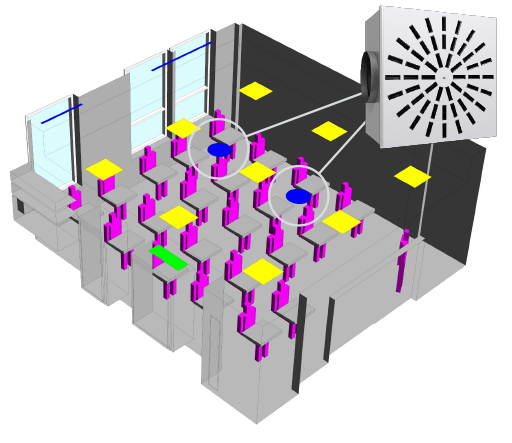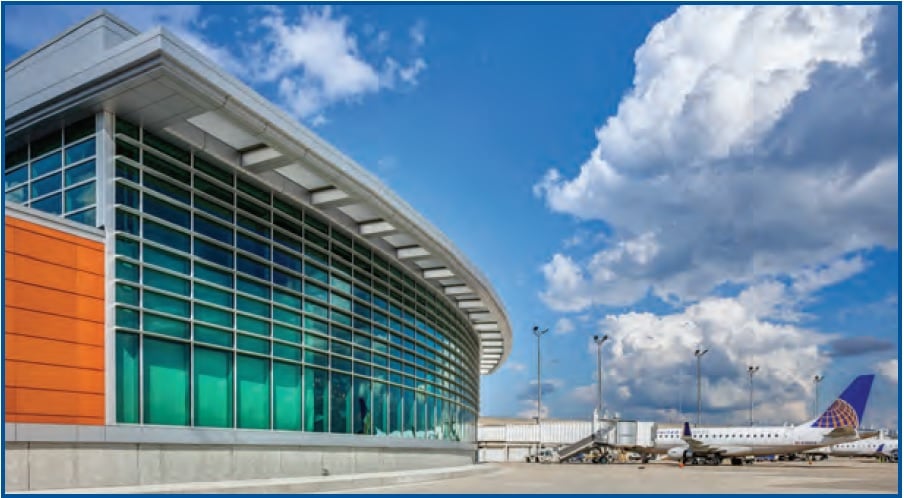Promoting Healthy Indoor Air Quality in the Classroom
As HVAC professionals, one of our primary goals is to promote healthy indoor air quality in all spaces, and there are fewer applications where this is more important than in classrooms. It is estimated that approximately half of public school districts need to update or replace the HVAC systems in their schools.1
Read More
Topics:
Displacement,
HVAC,
Engineering,
Design Engineering,
Tech Tip,
ASHRAE 62,
Filtration
Exploring the Benefits of Displacement Ventilation in Schools
For years, studies have linked healthy environments in schools with improved educational outcomes for students. We’ve seen that indoor air quality has a major impact on health, performance and attendance and that quiet classrooms improve academic performance, reduce stress and encourage better behavior.
Read More
Topics:
Acoustics,
Displacement,
Thermal Comfort,
HVAC Fundamentals,
HVAC,
Engineering,
Design Engineering,
ASHRAE 62
Read about the Research – and Meet the Researchers!
The last few years have seen an increased focus on indoor air quality. Occupants want to feel comfortable in commercial spaces, and building owners, architects and engineers want to know that they’re constructing and renovating facilities with products that work as intended. No gimmicks – just real, science-backed solutions.
Read More
Topics:
Displacement,
HVAC Fundamentals,
Employees,
HVAC,
Engineering,
Design Engineering,
ASHRAE 62,
CFD,
ASHRAE
A CFD Classroom Case Study
Obtaining efficient ventilation with overhead mixing systems for applications in heating climates can be a challenge. Not only does the positive buoyancy of the supply air work against the air distribution system, but most overhead mixing systems are designed with low supply air volumes (relative to cooling) and high supply air temperatures (more than 15°F above room temperature).
Read More
Topics:
GRD,
Diffusers,
HVAC,
Engineering,
Design Engineering,
ASHRAE 62,
CFD
2020 ASHRAE Technology Award Case Studies
Published in August 2020 ASHRAE Journal, written by Ryan Idema and Jesse Hendershot
Price Industries is incredibly proud to have partnered with Michigan Air Products, one of the leading manufacturer’s representatives for commercial and industrial HVAC solutions, on this sizeable and impressive project.
Read More
Topics:
Displacement,
Thermal Comfort,
HVAC,
Engineering,
Design Engineering,
ASHRAE 62,
Engineering Update







